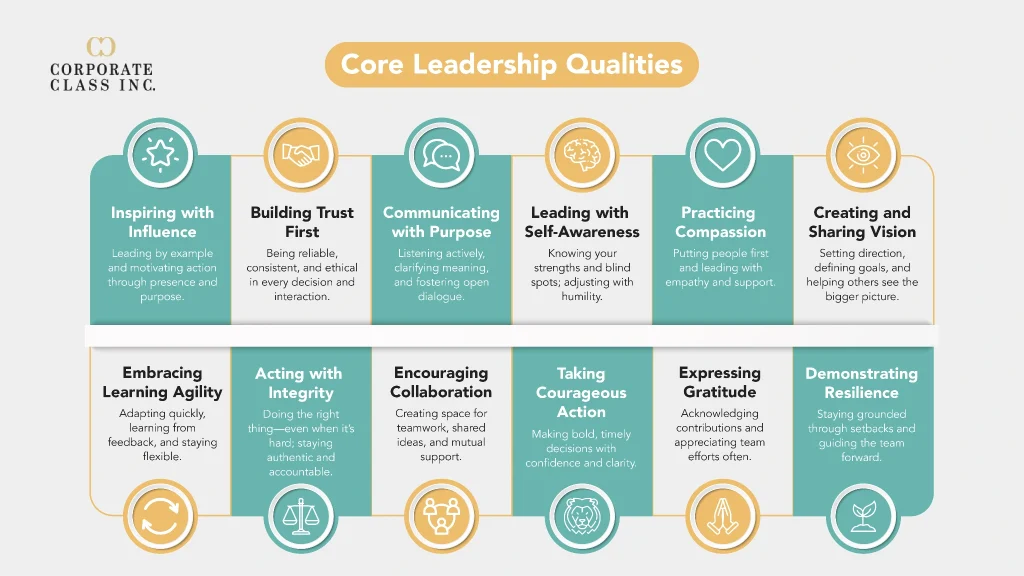A lunch and learn is a fun and beneficial combination of a learning and social event. It helps businesses to maximize professional development, build skills and engage in a little laidback team building too. They are short, training-focused programs that can take place during your attendees’ lunch break, enabling them to enjoy a meal and pick up new information and skills before returning to their desks to continue their work. How should a business go about planning and hosting a lunch and learn? Here are five steps to get your first lunch and learn underway.
Create Surveys to Decide on the Topic
The first step is to decide on a good topic. First, find out what your employees feel they need to learn more about. Ask for feedback – even better, send out a survey asking the team what kinds of topics they would like to learn about. Decide what you want to achieve as a team. You can focus on team development or business goals or even life skills. Good food will always act as an incentive and the point is for the team to acquire real skills and knowledge that will benefit them in doing their work.
Keep the Discussion Open
Both prior to and during the lunch and learn, be sure to foster an atmosphere of open discussion and collaboration. Fostering this kind of open atmosphere will help staff members to engage with the subject matter and ensure that the learning material sinks in and makes a positive difference in work performance.
Find A Good Presenter
Aside from good food, a lunch and learn should also feature an engaging, knowledgeable speaker who can get the information across in an entertaining way. Remember that people are giving up their lunch break to attend the session, so make it worthwhile. A dynamic and engaging speaker, together with a good spread, will help ensure that staff members see the session as time well spent and thus make the best of what they learn.
Food Is A Priority Too
Speaking of food, be sure to cater well and offer your staff something enticing. Along with the survey on the subject matter, ask everyone about their dietary preferences and then splash out a little on a great spread that will make team members glad they passed on that sandwich they could have brought from home or the takeout they would normally buy.
Choose An Appropriate Frequency
How often should you host a lunch and learn? That depends on you and your goals. It could be something you need to do on a quarterly basis, once a month or once a week. It depends on what needs to be taught, how much information there is to cover, your budget, and your business objectives. Choose the frequency that is most appropriate to your training strategy.
Corporate Class Inc. is a global authority in leadership coaching and empowerment. We strive to develop exceptional leaders and assist organizations in developing effective leadership approaches. Based in Toronto, and with a worldwide presence, we have helped to nurture mindful leaders since 1984. Contact us to find out how we can help you host an enjoyable and edifying lunch and learn.












